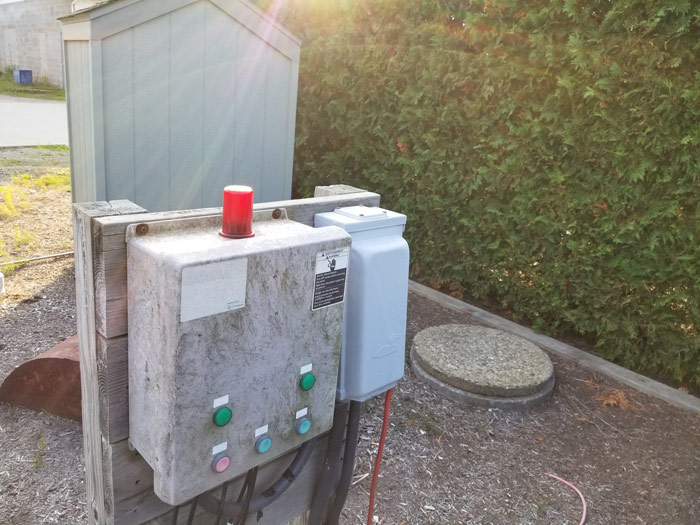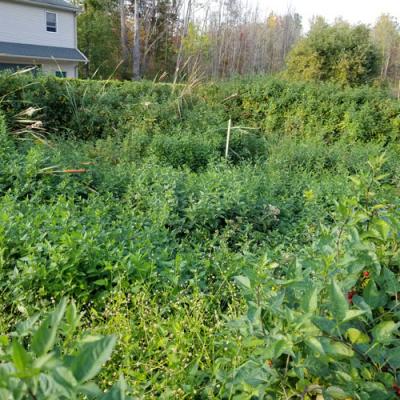A Sewage Treatment Plant
How cattails could help small flow facilities meet environmental regulations
Hello readers,
I am excited to share with you what I consider to be an environmental breakthrough that took place over several years during my time as a private citizen in Erie County. As a small business owner and landlord, I was required to install and maintain a small sewage treatment facility. Small flow treatment facilities (SFTFs) are sewage facilities designed to treat 2,000 gallons of sewage per day or less. They are permitted through the U.S. Environmental Protection Agency (EPA) through the Pennsylvania Department of Environmental Protection (DEP) and monitored by the local Department of Health.
In 2011 we received a letter from the Erie County Health Department and the Meadville office of the DEP. We were having trouble meeting our effluent testing requirement parameters.
We have a professional that is licensed by the state to monitor and take care of our system, and yet we were not meeting most of the requirements. We asked the Department of Environmental Protection for technical help as how to best solve this problem. Instead of technical assistance, we received a $10,000 fine. So I went to the DEP office in Meadville to discuss the situation, and again ask for technical help. I was told they had no one that could assist us, that they have just enough staff to handle the fines.
To say I was frustrated would be an understatement. So I took it upon myself to correct the issue. It was obvious that rototilling my exposed sand beds was not working. This was what the DEP said had to be done, the beds had to be kept weed-free and rototilled.
We were out of tolerance in several areas. Ammonia-nitrogen, carbonaceous biochemical oxygen demand, dissolved oxygen, fecal coliform, pH, and total phosphorus - not good. We didn't want to pollute, but the DEP was unable to advise us as to how to become compliant.

After much research for a solution, I decided to take an all-natural approach. Instead of keeping the sand beds weed-free, I planted a local water-loving plant in the beds. Yes, I planted cattails in my sand beds. This solved all of the problems except the ammonia. The only way to remove ammonia from water is by adding oxygen. We solved this by simply adding a 'live well fish bubbler' that I purchased from a Cabela's catalog for $20 dollars. So by planting cattails and a $20 dollar item we went from an out-of-tolerance, non-functional small flow treatment plant to what I believe to be the best in the state. We also went from approximately 20 labor hours a month to virtually maintenance-free. I am including a link to last year's test results if you care to see how well it works.
Now fast forward to this year as senator. I had the opportunity to listen to DEP Secretary Patrick McDonnell give a talk about the Chesapeake Bay watershed and the sources of pollution that wind up in the bay. Twenty percent of all the pollution in the Chesapeake Bay watershed is from small flow treatment plants. I believe the number is similar for the Lake Erie Watershed.
I shared my results and process with Secretary McDonnell with the hope that my model can be used for the benefit of the entire watershed area. I strongly believe that this system is a natural way to deal with the nearly 3,000 small flow treatment facilities in the state of Pennsylvania. If it continues to produce positive results, I'm hoping it will be a national model.
I have decided to share this information, to make the average citizen aware that there are viable cost effective solutions for maintaining SFTFs. We all have an obligation to protect our environment. I encourage other citizens to share their best practices in finding natural solutions to balance our lives with respect to our natural surroundings.
Senator Laughlin encourages local residents to visit his website, www.senatorlaughlin.com, and his Facebook page, facebook.com/senatorlaughlin, to keep up to date with state government news — including the state budget — and learn more about state services and agencies.


.png)
